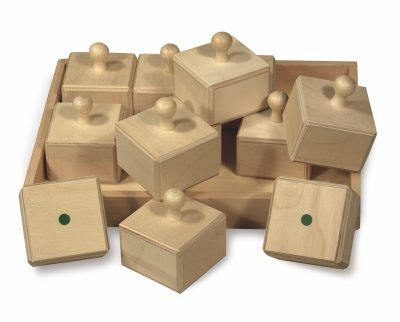

Representational drift can arise from a variety of sources, including bottom-up mechanisms, like changes in the feedforward input to neurons or from a dynamic reorganization of recurrent interactions in the network. Understanding the mechanisms contributing to the emergence of representational drift can therefore shed light on its relevance for neural computation ( Lütcke et al., 2013 Rule et al., 2019).
#Audio blocks contributor code#
This representational drift can reflect the presence of intrinsic noise or plasticity in the circuitry and, depending on its origin, can be detrimental to or beneficial for the neural code ( Clopath et al., 2017 Rule et al., 2019). Neuronal responses to stimuli, contexts, or tasks change over time, creating a drift of representations from their original patterns ( Deitch et al., 2021 Driscoll et al., 2017 Lütcke et al., 2013 Marks and Goard, 2021 Schoonover et al., 2021 Ziv et al., 2013).

Importantly, our analysis suggests that reliable but variable modulation of neural representations by behaviour can be misinterpreted as representational drift if neuronal representations are only characterized in the stimulus space and marginalized over behavioural parameters. Our computational modelling suggests that these results are consistent with independent modulation of neural activity by behaviour over slower timescales. This effect was broadcasted across various cortical areas in the mouse, including the primary visual cortex, higher order visual areas, and even regions not primarily linked to vision like hippocampus.

We found that, within these datasets, behavioural variability significantly contributes to representational changes. We analysed large-scale recording of neural activity from the Allen Brain Observatory, which was used before to document representational drift in the mouse visual cortex. We therefore asked how the variability of such modulatory mechanisms can contribute to representational changes. While the drift of these representations is mostly characterized in relation to external stimuli, the behavioural state of the animal (for instance, the level of arousal) is also known to strongly modulate the neural activity. Recent work has suggested a large degree of drift in neural representations even in sensory cortices, which are believed to store stable representations of the external world. Neuronal responses to similar stimuli change dynamically over time, raising the question of how internal representations can provide a stable substrate for neural coding.


 0 kommentar(er)
0 kommentar(er)
